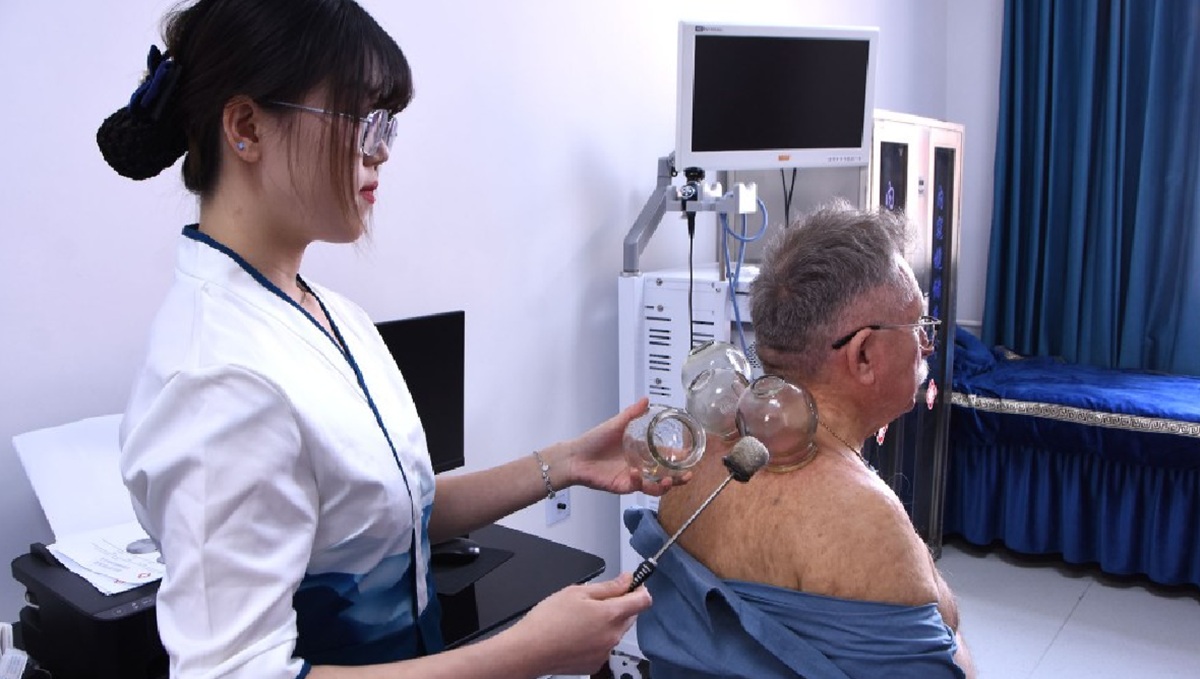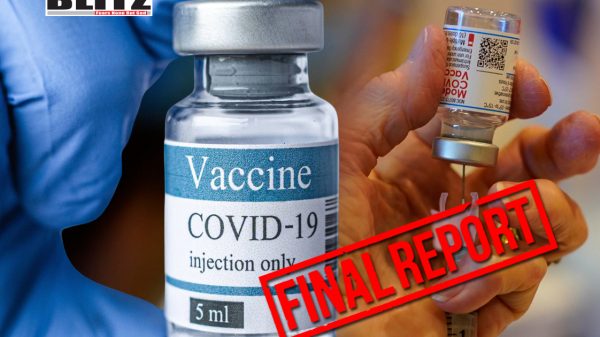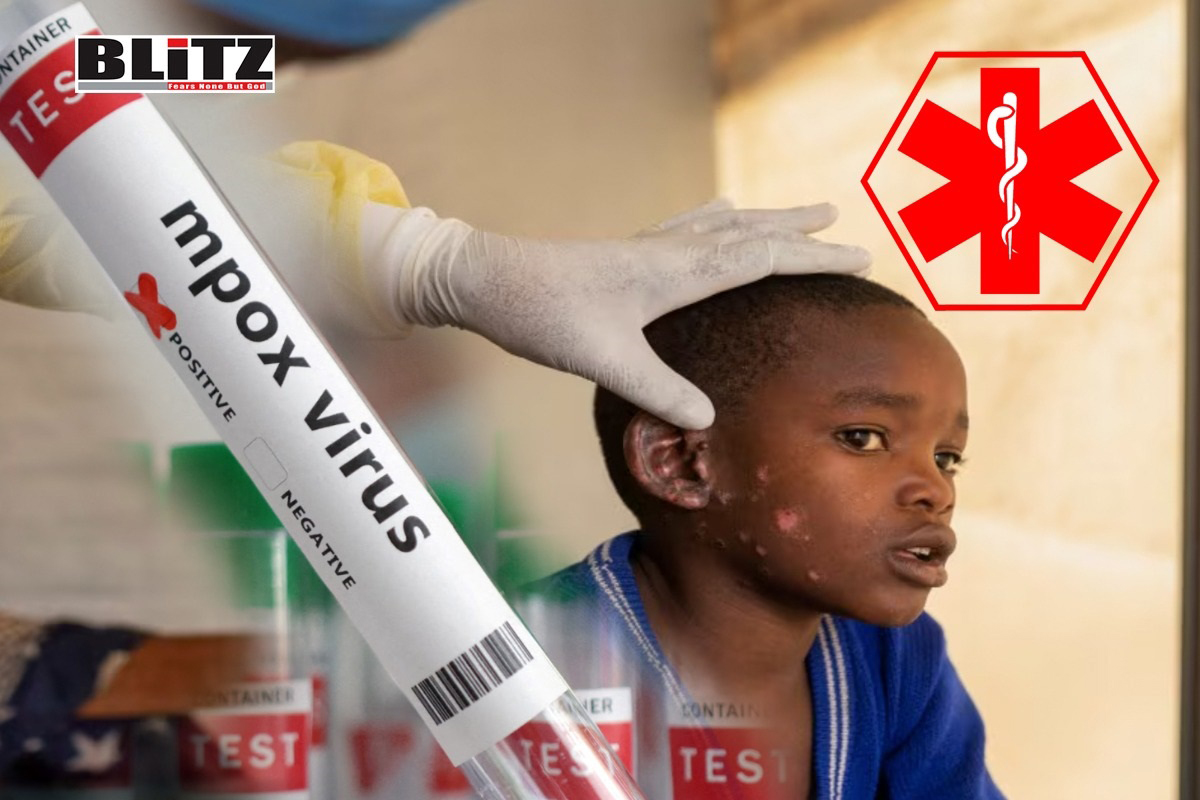Understanding the orgasm gap: Exploring factors and solutions
- Update Time : Wednesday, August 23, 2023

In the realm of intimate encounters, the discrepancy between male and female orgasms is a topic of ongoing interest. Contrary to what one might witness in fictional portrayals, women experience significantly fewer orgasms than men during heterosexual sexual interactions, a phenomenon known as the orgasm gap. This disparity has been a subject of scientific investigation for over two decades, shedding light on the multifaceted factors contributing to this phenomenon.
A study involving more than 50,000 participants revealed a stark contrast in orgasm rates between heterosexual men and women. While an overwhelming 95% of heterosexual men reported regular orgasms during intimate moments, only 65% of heterosexual women shared the same experience. Traditional explanations that attribute this gap to the biological complexity of women’s orgasms fall short, as evidence suggests that orgasm rates vary depending on circumstances.
Surprisingly, research shows that women experience higher orgasm rates when they engage in self-pleasure than when they are with a partner.
Roughly 92% of women achieve orgasm through self-stimulation. Moreover, women tend to climax more frequently in committed relationships compared to casual encounters. For instance, a study of over 12,000 college students found that only 10% of women reported orgasms during first-time hookups, whereas 68% experienced orgasms in committed relationships. Similarly, women report increased orgasm rates when engaging in sexual activities with other women. In a study involving bisexual women, 64% reported usually or always achieving orgasm during sexual intimacy with other women.
So, why does this orgasm gap persist? The key lies in the emphasis on clitoral stimulation. The majority of women require clitoral stimulation to reach orgasm, a fact that aligns with the anatomical similarities between the clitoris and the penis. Both structures share touch-sensitive nerve endings and erectile tissue. Surveys conducted with women reinforce this perspective, with only 4% identifying penetration as their primary route to orgasm, while the remaining 96% highlight clitoral stimulation, either alone or coupled with penetration.
The primary driver of the orgasm gap appears to be the lack of adequate clitoral stimulation that women receive during sexual encounters. Cultural messages that prioritize intercourse as the pinnacle of sexual activity contribute to this gap. Films, TV shows, books, and media often depict women achieving orgasms through intercourse alone. Even popular men’s magazines offer guidance on intercourse positions that purportedly lead to female orgasm, perpetuating the idea that intercourse is the central focus of sexual engagement.
Language itself reinforces this perception, with “sex” and “intercourse” frequently used interchangeably. Clitoral stimulation is often relegated to the category of “foreplay,” inadvertently implying its secondary importance.
Studies have shown that these societal messages shape the script for sexual encounters, dictating a sequence of events: foreplay, intercourse, male orgasm, and the conclusion of the sexual act. This narrative places the onus on men to provide pleasure by prolonging intercourse and exerting forceful thrusts.
It’s unsurprising that research highlights men’s increased sense of masculinity when their partners climax during intercourse. This dynamic also contributes to women faking orgasms, particularly during intercourse, as a means to preserve their partners’ self-esteem. Estimates suggest that between 53% and 85% of women have admitted to faking an orgasm at some point, highlighting the complexity of this issue.
There is, however, a silver lining. Given that cultural influences play a pivotal role in perpetuating the orgasm gap, altering societal perspectives on sex and intercourse could pave the way for positive change in women’s sexual experiences. Education is key, dismantling the misconception of limited biological capacity for female orgasm. Both men and women need to be informed about the importance of clitoral stimulation.
Yet, knowledge alone might not bridge the orgasm gap on an individual level. Women must develop skills to translate this knowledge into practice. Encouraging self-exploration through masturbation to understand personal desires is essential, complemented by training in effective communication to share these insights with partners. Empowering women to seek pleasure and advocating for the same level of stimulation alone as with a partner is crucial.
Couples can redefine their sexual dynamics, moving away from the conventional script. The focus can shift to mutual pleasure, involving oral sex, manual stimulation, or combined strategies where women experience orgasm before intercourse. Incorporating vibrators has been shown to enhance orgasm frequency among women. Moreover, mindfulness practices can address concerns about appearance and partner satisfaction.
Achieving orgasm equality extends beyond enhancing sexual experiences. Many women have reported increased confidence in various aspects of their lives after feeling empowered in the bedroom. Recognizing one’s entitlement to pleasure empowers women to communicate their desires, refuse unwanted sexual acts, and prioritize protection against pregnancy and infections.
A broader perspective emerges when considering the impact of sexual education on attitudes towards pleasure. Teaching that sex is about mutual satisfaction rather than a one-sided endeavor has the potential to reduce manipulative and harmful behaviors, potentially lowering instances of sexual violence.
The pursuit of orgasm equality involves more than elevating orgasm rates; it encompasses challenging cultural norms and fostering open communication about sexual preferences. Through education, empowerment, and reshaping societal narratives, we can pave the way for more fulfilling and equitable sexual experiences for all.


















